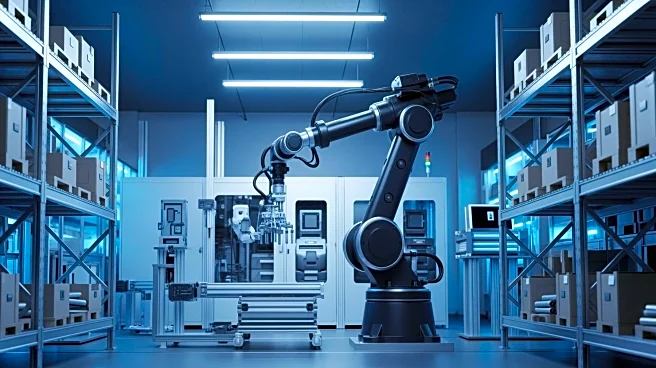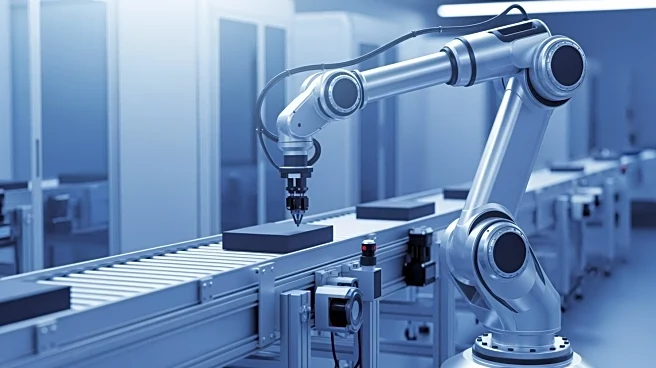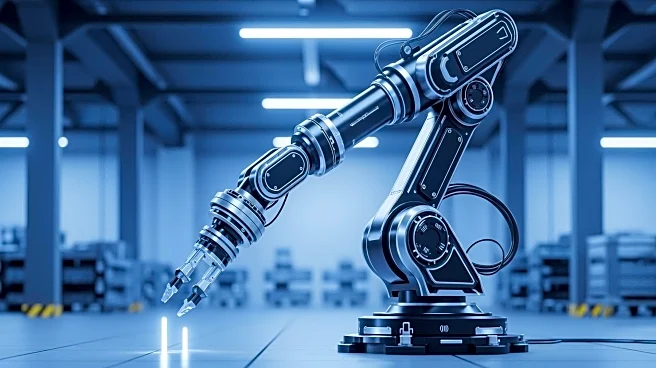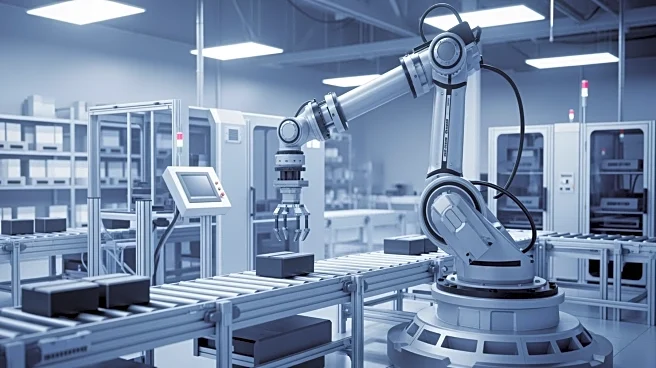What's Happening?
Amazon is planning to significantly increase its use of robotics and automation in its operations, potentially reducing its hiring needs by hundreds of thousands over the next decade. According to internal
company documents reported by The New York Times, Amazon aims to automate three-quarters of its operations, which could lead to a substantial decrease in the number of new hires. The company projects that by 2027, it could avoid hiring 160,000 workers in the U.S., and by 2033, more than 600,000 hires could be curbed. This shift is part of Amazon's strategy to enhance efficiency and maintain its logistics network. However, the company acknowledges the potential impact on communities and is considering using terms like 'advanced technology' instead of 'automation' to describe these changes.
Why It's Important?
Amazon's move towards increased automation could have significant implications for the labor market, particularly in the logistics and warehousing sectors. While automation can lead to cost savings and operational efficiencies, it also raises concerns about job displacement and the future of work. The potential reduction in hiring at Amazon could set a precedent for other companies in the industry, such as Walmart and UPS, to follow suit. This trend could result in a shift towards more technical roles, requiring workers to acquire new skills. The broader adoption of automation technologies may also influence public policy discussions around employment, workforce development, and economic inequality.
What's Next?
As Amazon continues to implement its automation strategy, the company will need to address the potential social and economic impacts of reduced hiring. This may involve investing in workforce retraining programs and collaborating with policymakers to support affected communities. Additionally, Amazon's approach to automation could influence other companies to adopt similar technologies, potentially accelerating the transformation of the logistics industry. Stakeholders, including labor unions and advocacy groups, are likely to monitor these developments closely and advocate for measures to protect workers' rights and job security.











